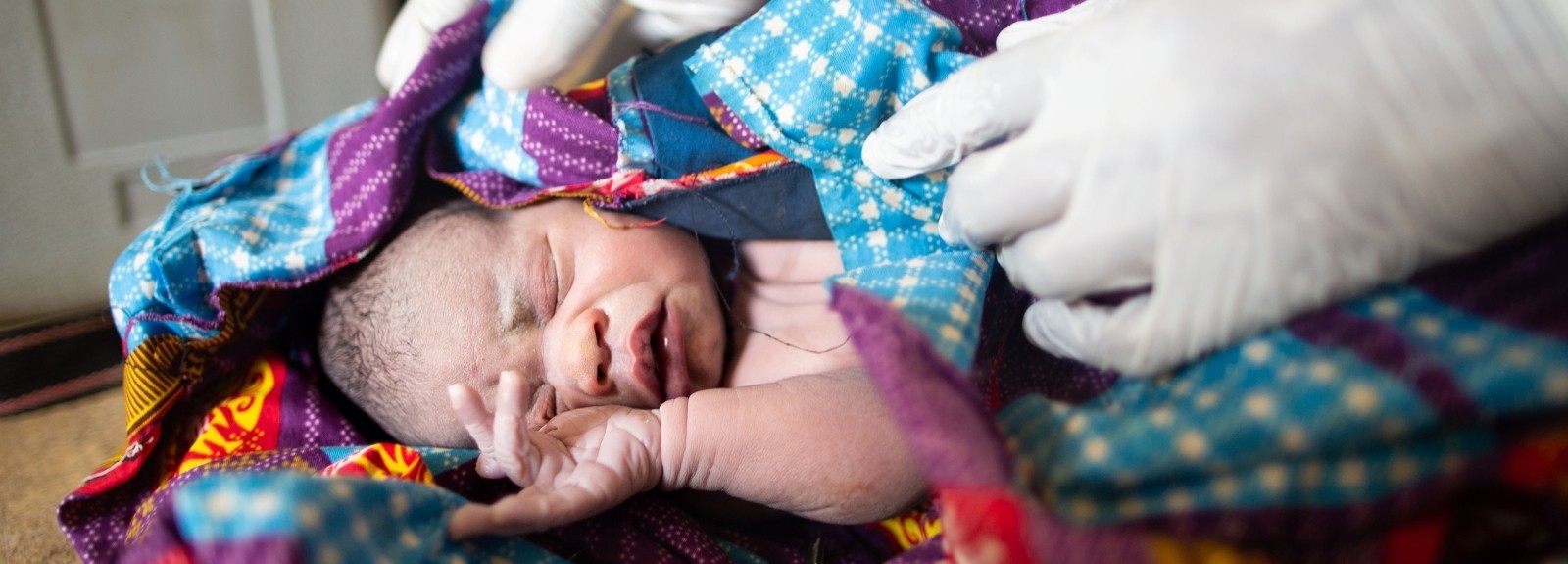Maternity nurse Therese Tshifu was worried: the newborn she had just delivered wasn't making a sound. The mother's labor had been long, and now the baby girl wasn't breathing.
A decade ago in this remote area of the Democratic Republic of Congo, the baby wouldn't have had a good chance. Health workers were dedicated, but did not always have the training they needed to save newborns during complicated deliveries.
But today, Nurse Therese knew what to do. She acted quickly and gave the baby a shot that aided in the onset of breathing. In the room, there were sighs of relief and smiles when people heard the baby's first whimpers.
Health care heroes protect mothers and children
Thanks to neonatal care training that Therese received, the baby took that first breath. Therese has delivered many more babies safely since taking a Basic and Emergency Obstetric Care course. In the hands-on classes, she and other nurses learned about interventions like emergency C-sections, assisting older mothers during prenatal visits and childbirth, and caring for sick or premature newborns.
Mothers and babies thrive when health care workers have the skills and tools to do their jobs. One important tool is called a partograph, a labor monitoring graph that records information like the fetal heart rate and the timing of labor. Before the program taught healthcare workers how to read them, only 11% of surveyed health facilities used partographs correctly. At the end of the project, 82% of health facilities are now using them correctly.
Maternity Nurse Therese Tshifu has delivered more than 60 babies safely since completing her specialized training course.
Keeping newborns healthy and mothers alive
The program has been remarkably successful in keeping mothers and babies alive and healthy. At the start of the program, only 62% of births were attended by a skilled professional at a health center. Of the health facilities surveyed, only 1.3% were able to offer quality emergency care for difficult deliveries. By the end of the project and continuing until today, 99% of births were attended by a trained health worker, and 86% of health facilities can provide emergency services when problems arise.
Beyond the numbers, the satisfaction of seeing healthy moms and babies keeps life savers like Nurse Therese going. Empowered by training and tools, she and other health care heroes know that when lives are in their hands, they know how to save them.


